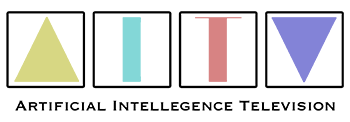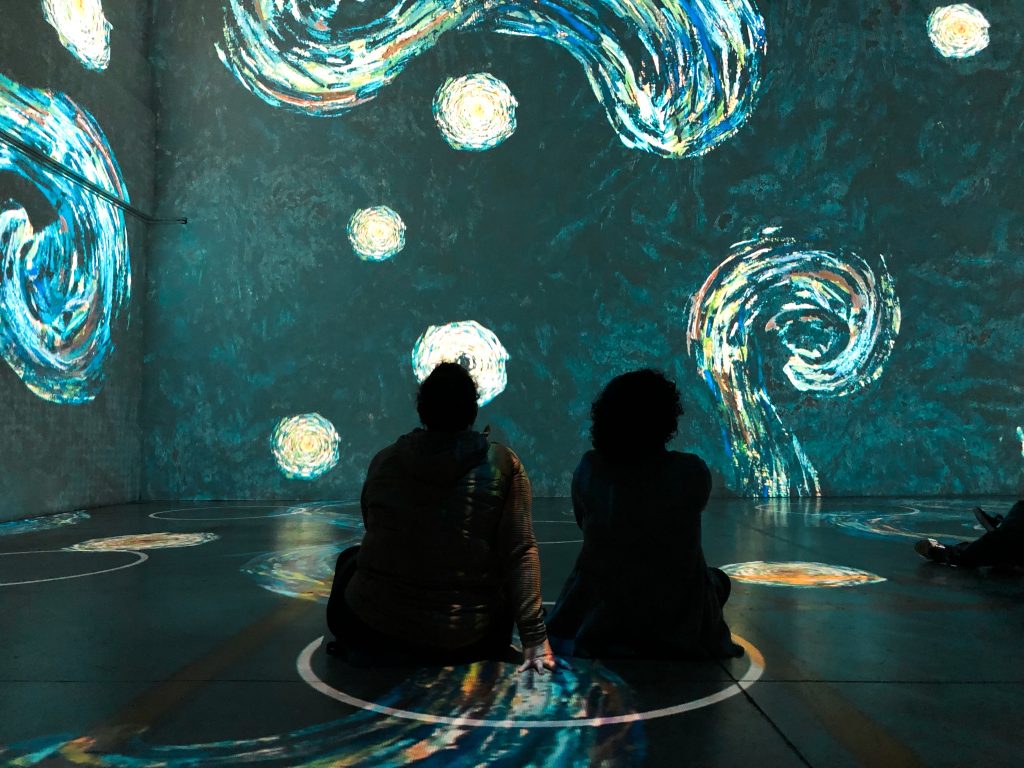A picture maybe worth a thousand words but a 3d world is immersive. Nvidia’s new instant Nerfs is changing what the humble jpg created way back in the 1990’s can do.
Converting a 2D picture to a 3D world involves a process called “3D reconstruction” or “photogrammetry”. This process involves using computer vision algorithms to extract depth information from a 2D image and creating a 3D representation of the scene.
There are several software programs and techniques available for performing 3D reconstruction from images, including Structure from Motion (SfM), Multi-View Stereo (MVS), and depth mapping using machine learning algorithms such as neural networks.
The general process of 3D reconstruction involves capturing multiple images of the scene from different angles, extracting features and matching them between images to determine the camera positions and orientations, and then using this information to create a 3D model of the scene.
Once a 3D model is generated, it can be exported to various 3D file formats and used in 3D modeling and rendering software applications.
However, it’s important to note that the quality of the 3D reconstruction will depend on several factors, including the quality of the input images, the accuracy of the camera calibration, and the complexity of the scene being reconstructed.
To learn more about the ability of AI check out this story.



